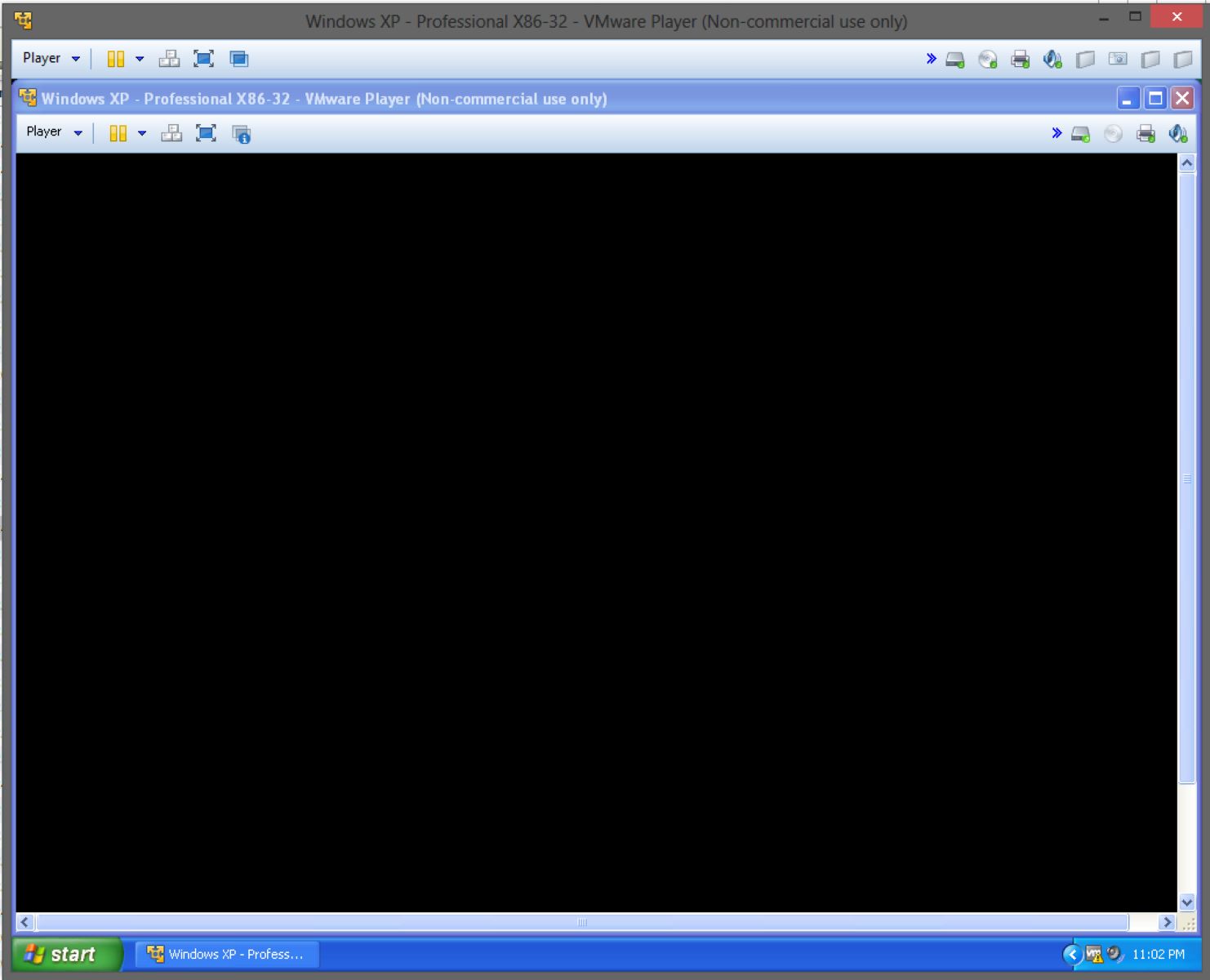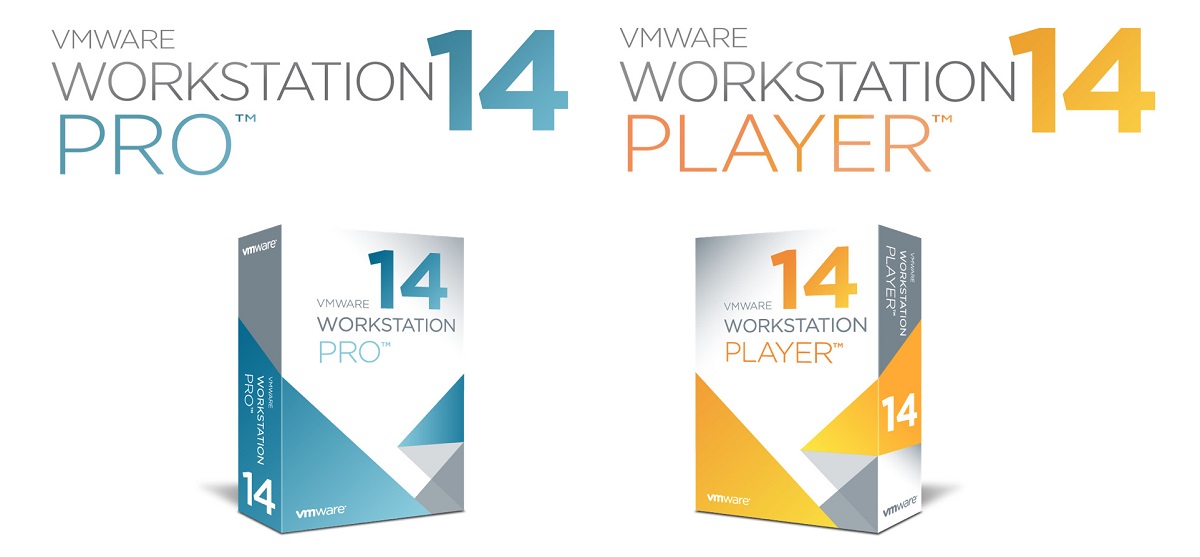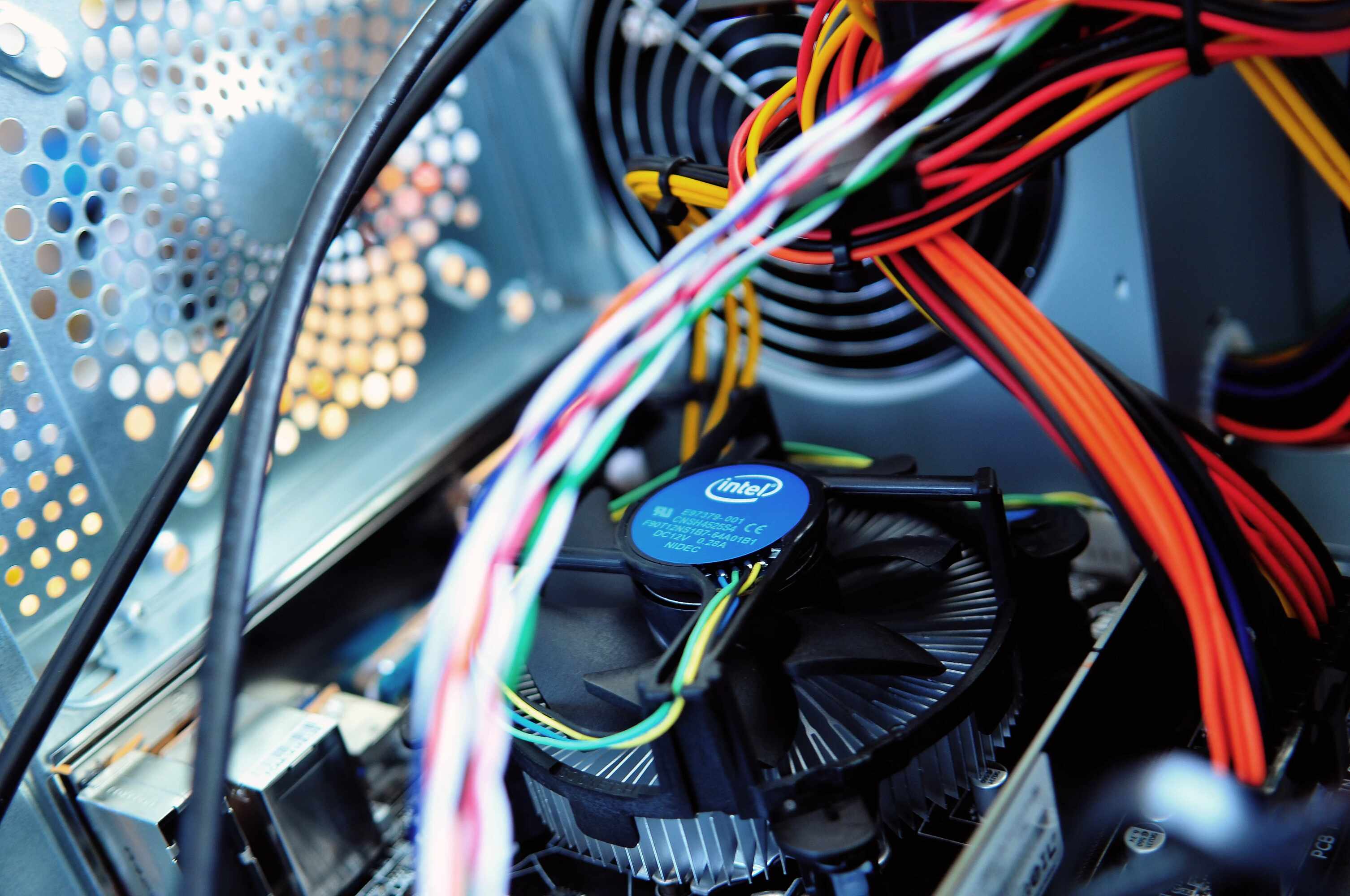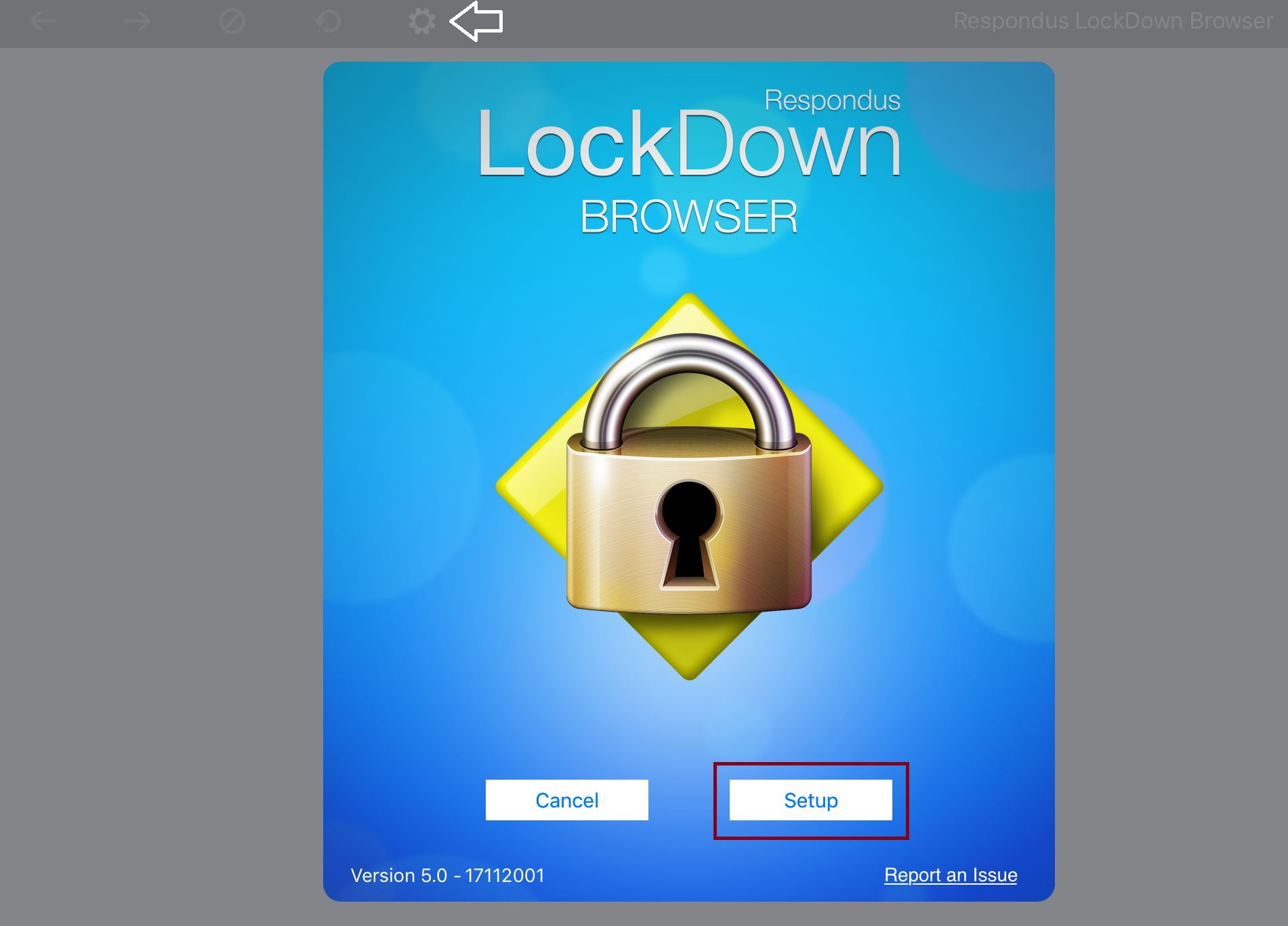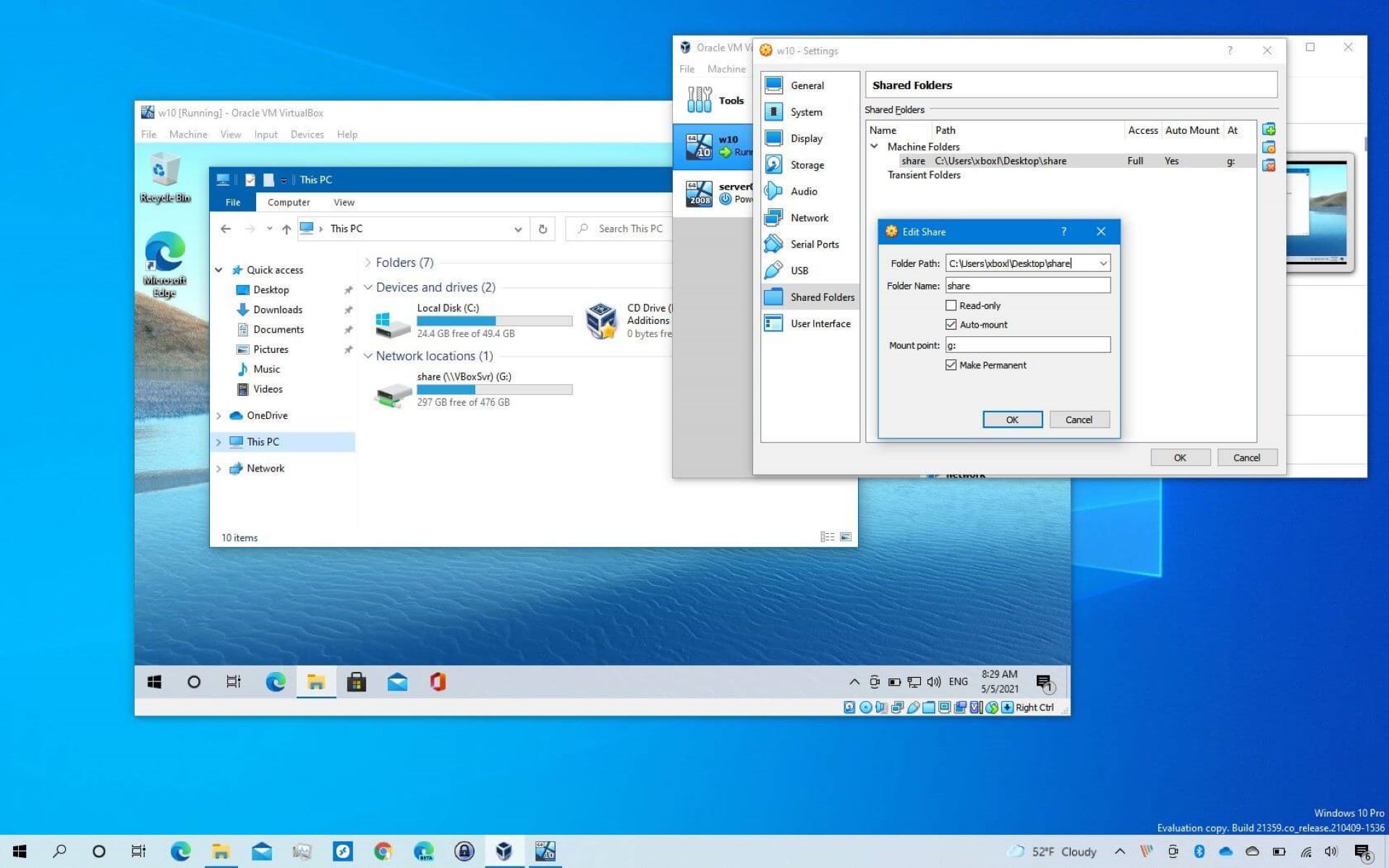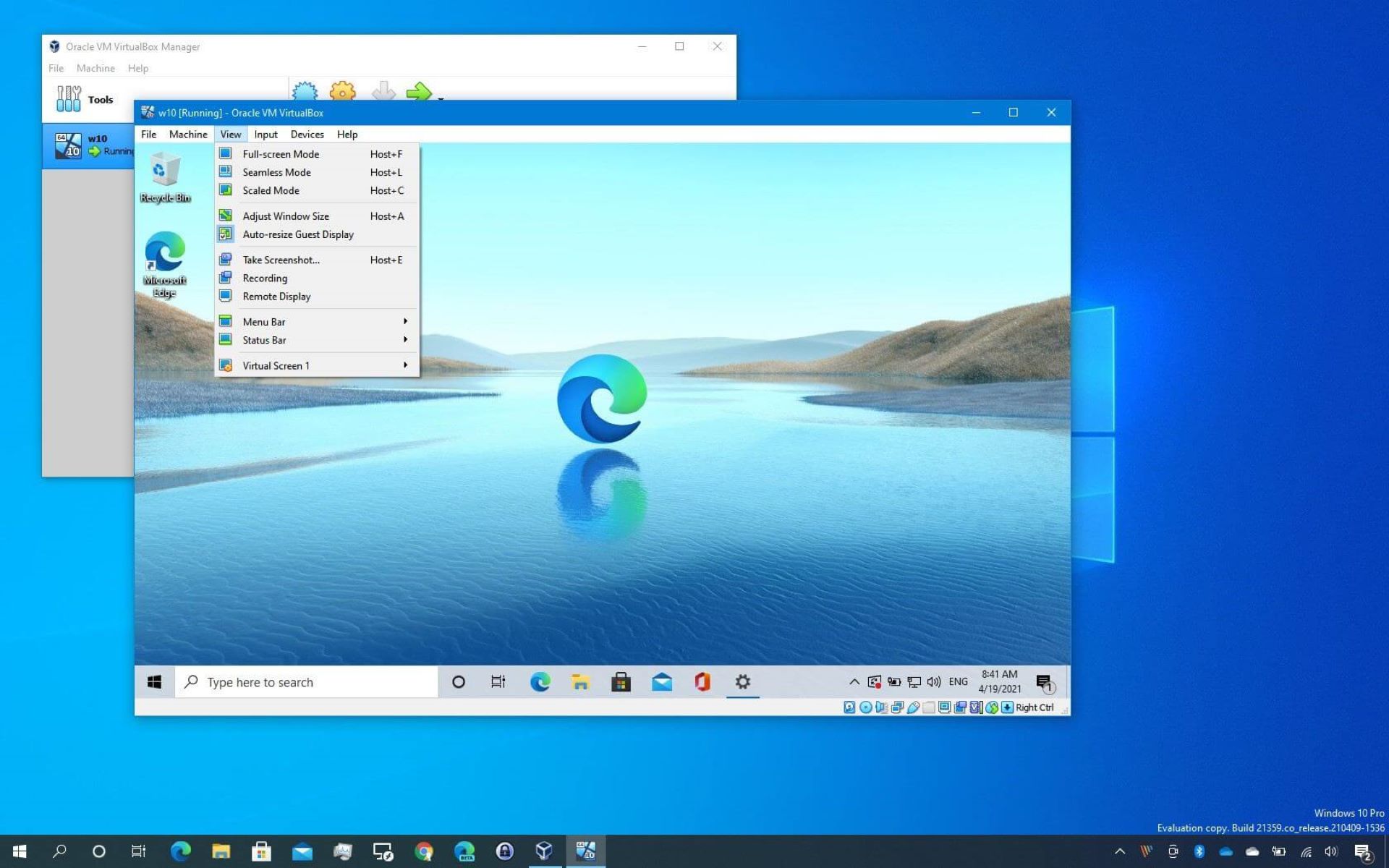Possible Causes of a Black Screen on a Virtual Machine
A virtual machine is a software emulation of a physical computer, allowing users to run different operating systems within a single host machine. While virtual machines are generally reliable, encountering a black screen can be a frustrating experience. Several factors can contribute to this issue, ranging from resource allocation problems to graphics driver conflicts. Understanding and addressing these potential causes can help you resolve the black screen problem and regain functionality in your virtual machine.
Here are some possible causes of a black screen on a virtual machine:
- Insufficient Resources Allocation: If the virtual machine does not have enough memory, CPU, or disk space allocated to it, it may result in a black screen. Insufficient resources can cause the virtual machine to crash or become unresponsive, leading to a black screen.
- Incorrect Display Settings: Misconfigured display settings within the virtual machine can cause the screen to go black. This may happen if the screen resolution or refresh rate is set to an unsupported value.
- Incompatible Graphics Driver: A graphics driver that is incompatible with the virtual machine’s operating system or virtualization software can cause display issues, including a black screen.
- Inadequate Host Machine Performance: If the host machine running the virtual machine does not meet the system requirements or is experiencing performance issues, it can negatively impact the virtual machine’s display and result in a black screen.
- Unresponsive Virtual Machine: A virtual machine that has become unresponsive or frozen can display a black screen. This can occur due to various reasons, such as excessive resource usage, software conflicts, or a malfunctioning application running within the virtual machine.
Identifying the root cause of the black screen issue is crucial in finding an appropriate solution. In the following sections, we will explore practical steps to troubleshoot and resolve the black screen problem on a virtual machine.
Insufficient Resources Allocation
One of the possible causes of a black screen on a virtual machine is insufficient resource allocation. When a virtual machine does not have enough memory, CPU, or disk space allocated to it, it can lead to various issues, including a black screen.
When a virtual machine runs out of resources, it may become unresponsive or crash, resulting in a black screen. To resolve this problem, you need to ensure that the virtual machine has adequate resources allocated to it.
Here are some steps you can take to check and adjust the resource allocation:
- Check Resource Allocation: Start by checking the settings of your virtual machine and verify if the allocated memory, CPU, and disk space are sufficient. You can usually find these settings in the virtualization software’s configuration or preferences menu.
- Allocate More Memory: If you determine that the virtual machine is running out of memory, you can allocate more memory to it. Increase the memory allocation to a level that meets the requirements of the operating system and applications running within the virtual machine.
- Adjust CPU Allocation: Inadequate CPU allocation can also impact the performance of a virtual machine. Increase the CPU cores or adjust the CPU allocation settings based on the workload and resource demands of the virtual machine.
- Ensure Sufficient Disk Space: Lack of disk space can cause a virtual machine to malfunction. Check the available disk space on the host machine and allocate more disk space to the virtual machine if necessary.
- Consider Storage Options: If the performance of the virtual machine is consistently affected by insufficient disk space, consider utilizing faster storage options such as Solid-State Drives (SSD) to improve disk I/O performance.
By ensuring that your virtual machine has sufficient resources allocated, you can minimize the chances of encountering a black screen. Regularly monitoring the resource usage of your virtual machine and adjusting the allocation as needed can help maintain its performance and stability.
Incorrect Display Settings
Incorrect display settings within a virtual machine can cause the screen to go black. This issue may occur when the screen resolution or refresh rate is set to an unsupported value or when the display settings are not configured properly.
To fix a black screen caused by incorrect display settings, follow these steps:
- Check Screen Resolution: Verify the screen resolution settings of your virtual machine. Make sure it is set to a supported resolution that matches your monitor or display. If the resolution is set too high or too low, it can result in a black screen. Adjust the resolution to an appropriate value.
- Adjust Refresh Rate: Incorrect refresh rate settings can also lead to display issues and a black screen. Ensure that the refresh rate is set correctly for your monitor or display. Common refresh rates include 60Hz and 75Hz, but they may vary depending on your hardware. Adjust the refresh rate accordingly.
- Reset Display Settings: If you are unsure about the correct display settings or if you have made changes that caused the black screen, you can reset the display settings to their default values. This can usually be done through the display settings or graphics options within the virtual machine.
- Configure Graphics Hardware Acceleration: Some virtualization software allows you to enable or disable graphics hardware acceleration. Experiment with different settings to determine if hardware acceleration is causing conflicts with your virtual machine’s display. Disable it if necessary.
By double-checking and adjusting the display settings within your virtual machine, you can eliminate potential issues that may be causing the black screen problem. Always ensure that the display settings are appropriately configured to match your hardware and monitor specifications. This will help ensure proper display functionality and avoid the frustration of a black screen.
Incompatible Graphics Driver
An incompatible graphics driver can often be the culprit behind a black screen issue in a virtual machine. Graphics drivers facilitate the communication between the virtual machine and the host machine’s graphics hardware. When there is a compatibility issue between the installed graphics driver and the virtual machine’s operating system or virtualization software, it can result in display problems and a black screen.
To address a black screen caused by an incompatible graphics driver, consider the following steps:
- Update the Graphics Driver: Check if an updated version of the graphics driver is available from the manufacturer’s website. Download and install the latest driver compatible with your operating system and virtualization software. A newer driver version may include bug fixes and improvements that can resolve display issues in the virtual machine.
- Reinstall the Graphics Driver: If updating the driver does not solve the problem, consider reinstalling the graphics driver. Completely uninstall the current driver and then install a fresh copy of the driver. This can help resolve any conflicts or corruption issues causing the black screen.
- Troubleshoot Graphics Driver Configuration: Some virtualization software allows you to configure graphics driver settings within the virtual machine. Review these settings and ensure that they are set to the recommended or default values. Experiment with different configurations to see if any specific settings are causing the black screen.
- Try a Different Graphics Driver: If the black screen problem persists, you can try using a different graphics driver version. Some virtualization software provides options to switch between different graphics drivers or virtual hardware. Explore these options and see if using an alternative driver resolves the display issue.
By updating, reinstalling, or troubleshooting the graphics driver in your virtual machine, you can address compatibility conflicts that may be causing the black screen problem. Remember to always use the latest and appropriate graphics driver version supported by your operating system and virtualization software.
Inadequate Host Machine Performance
Inadequate host machine performance can contribute to a black screen issue in a virtual machine. The host machine is responsible for running the virtualization software and providing the necessary resources for the virtual machines to operate smoothly. If the host machine does not meet the system requirements or is experiencing performance issues, it can negatively affect the virtual machine’s display and result in a black screen.
To address a black screen caused by inadequate host machine performance, consider the following steps:
- Check System Requirements: Ensure that your host machine meets the recommended system requirements specified by the virtualization software. These requirements often include minimum CPU, memory, and disk space specifications. If your host machine falls short, consider upgrading its hardware components or utilizing a more powerful machine.
- Optimize Host Machine Performance: Evaluate the performance of your host machine and identify any issues that could affect virtual machine functionality. Close unnecessary programs and processes running in the background to free up system resources. Regularly clean up temporary files, perform disk defragmentation, and update the host machine’s operating system to ensure optimal performance.
- Enable Hardware Virtualization: Ensure that hardware virtualization is enabled in your host machine’s BIOS settings. Hardware virtualization allows the virtualization software to utilize the host machine’s hardware efficiently, leading to better performance for virtual machines. Refer to your computer’s manual or contact the manufacturer for instructions on how to enable hardware virtualization.
- Distribute Resource Usage: Limit resource-intensive operations on the host machine while using the virtual machine. Running demanding applications simultaneously can strain system resources and impact virtual machine performance and display stability. If possible, distribute resource usage evenly or allocate higher priority to the virtual machine.
- Consider Hardware Upgrades: If performance issues persist even after optimization efforts, consider upgrading your host machine’s hardware components. Adding more RAM, upgrading the CPU, or using faster storage drives can significantly improve the overall performance and stability of the host machine and its virtual machines.
By ensuring that your host machine meets the system requirements, optimizing its performance, and utilizing hardware virtualization, you can enhance the performance of your virtual machine and minimize the chances of encountering a black screen. Regular maintenance and hardware upgrades, if necessary, can ensure a smooth and hassle-free virtualization experience.
Unresponsive Virtual Machine
If your virtual machine becomes unresponsive or frozen, it can result in a black screen. This can occur due to various reasons, such as excessive resource usage, software conflicts, or a malfunctioning application running within the virtual machine. Resolving the unresponsiveness of the virtual machine is crucial in restoring its functionality and eliminating the black screen issue.
To address a black screen caused by an unresponsive virtual machine, consider the following steps:
- Force Restart the Virtual Machine: Attempt to force restart the virtual machine by closing it and then reopening it. This can help clear any temporary glitches or stalls that may be causing the unresponsiveness.
- Monitor Resource Usage: Keep an eye on the resource usage of the virtual machine. Excessive utilization of CPU, memory, or disk space can lead to unresponsive behavior. Identify any resource-intensive applications or processes and consider terminating or limiting their usage within the virtual machine.
- Check for Software Conflicts: Determine if there are any software conflicts or compatibility issues within the virtual machine. Ensure that the installed applications and the virtual machine’s operating system are compatible with each other. Consider uninstalling any recently installed applications that may have caused the unresponsiveness.
- Disable or Update Problematic Applications: If specific applications are causing the virtual machine to become unresponsive or display a black screen, try disabling or updating them. Outdated or malfunctioning applications can interfere with the virtual machine’s performance and lead to display issues.
- Restore from a Snapshot or Backup: If all else fails, you may need to restore the virtual machine from a previous snapshot or backup. This will revert the virtual machine to a known working state before the black screen issue occurred. However, be aware that restoring from a snapshot or backup may cause data loss, so ensure that you have a backup of any important files or data.
By following these steps, you can troubleshoot and resolve the unresponsiveness of your virtual machine, which in turn will help eliminate the black screen issue. Regularly monitoring resource usage, ensuring software compatibility, and considering snapshots or backups as safeguards can help mitigate future occurrences of unresponsiveness.
How to Fix a Black Screen on a Virtual Machine
Encountering a black screen on your virtual machine can be frustrating, but there are several steps you can take to resolve this issue and restore functionality. Here’s a guide on how to fix a black screen on a virtual machine:
- Check Resource Allocation: Ensure that your virtual machine has sufficient memory, CPU, and disk space allocated to it. Insufficient resources can lead to a black screen. Adjust the resource allocation if needed.
- Adjust Display Settings: Verify that the display settings within the virtual machine are set correctly. Check the screen resolution and refresh rate, ensuring they are compatible with your hardware. Resetting the display settings to default values can also help.
- Update Graphics Driver: Make sure you have the latest graphics driver installed for your virtual machine. Check the manufacturer’s website for driver updates and install a compatible version. Reinstall the graphics driver if necessary.
- Enhance Host Machine Performance: Check if your host machine meets the recommended system requirements for running virtual machines. Optimize its performance by closing unnecessary programs, performing regular maintenance, and enabling hardware virtualization.
- Resolve Unresponsiveness: If the virtual machine becomes unresponsive, force restart it or monitor resource usage to identify any problematic applications or processes. Terminate or update any conflicting software, and consider restoring from a previous snapshot or backup if needed.
By following these steps, you can effectively troubleshoot and fix a black screen on your virtual machine. Remember to regularly monitor and optimize resource allocation, maintain updated graphics drivers, consider host machine performance, and address any unresponsiveness to ensure a smooth and uninterrupted virtual machine experience.
Check Resource Allocation
One of the first steps to take when troubleshooting a black screen on a virtual machine is to check the resource allocation. Insufficient resource allocation can lead to various issues, including a black screen, as the virtual machine may not have enough memory, CPU, or disk space to function properly.
To check the resource allocation of your virtual machine, follow these steps:
- Review Virtual Machine Settings: Access the settings of your virtual machine through the virtualization software’s interface. Look for the memory, CPU, and disk space allocated to the virtual machine.
- Evaluate Memory Allocation: Check if the allocated memory is sufficient for the operating system and applications running within the virtual machine. Inadequate memory allocation can cause the virtual machine to become sluggish or unresponsive, resulting in a black screen.
- Assess CPU Allocation: Ensure that the virtual machine has enough CPU resources allocated to it. Inadequate CPU allocation can lead to performance issues and may result in a black screen. Consider adjusting the CPU cores or the CPU allocation settings to meet the demands of your virtual machine.
- Verify Disk Space Allocation: Check the allocated disk space for the virtual machine. Insufficient disk space can cause the operating system or applications to malfunction, leading to a black screen. Allocate more disk space if necessary.
- Consider Resource Balancing: Evaluate the resource allocation of other virtual machines or programs running on the host machine. If multiple virtual machines or resource-intensive applications are competing for resources, it can cause performance issues and potentially lead to a black screen. Adjust the resource allocation to balance the demands across all running instances.
By checking and adjusting the resource allocation, you can ensure that your virtual machine has sufficient resources to operate smoothly and avoid encountering a black screen. Regularly monitor the resource usage of your virtual machine and make necessary adjustments as required to maintain optimal performance.
Adjust Display Settings
When experiencing a black screen on a virtual machine, one of the possible causes is incorrect display settings. Misconfigured display settings within the virtual machine can result in an unsupported screen resolution or refresh rate, leading to a black screen. To resolve this issue, it’s essential to adjust the display settings appropriately.
Follow these steps to adjust the display settings and fix the black screen problem:
- Verify Screen Resolution: Check the screen resolution settings within the virtual machine. Ensure that the selected resolution is supported by your monitor or display. Set the resolution to a value that is compatible with both the virtual machine and the host machine’s hardware.
- Adjust Refresh Rate: Review the refresh rate setting in the display settings of the virtual machine. A refresh rate that is not supported by your hardware can cause display issues, including a black screen. Set the refresh rate to an appropriate value, commonly 60Hz or 75Hz, depending on your monitor’s specifications.
- Reset Display Settings: If you’re unsure about the correct display settings or if you’ve made changes that resulted in the black screen, consider resetting the display settings to their default values. This can help eliminate any potential conflicts or misconfigurations.
- Configure Virtual Hardware: Some virtualization software allows you to configure virtual hardware settings, including display-related options. Explore the virtualization software’s settings or preferences menu to adjust the virtual hardware settings and ensure they are aligned with your display requirements.
- Experiment with Graphics Hardware Acceleration: Depending on your virtualization software, you may have the option to enable or disable graphics hardware acceleration. Experiment with different settings to determine if hardware acceleration is causing conflicts with the virtual machine’s display. Disable hardware acceleration if necessary.
By carefully adjusting the display settings within the virtual machine, you can troubleshoot the black screen issue. Ensure that the screen resolution, refresh rate, and virtual hardware settings are properly configured for compatibility with your hardware. Regularly review and update the display settings as needed to maintain optimal display functionality and avoid encountering a black screen in the future.
Update Graphics Driver
An outdated or incompatible graphics driver can often be the cause of a black screen on a virtual machine. Graphics drivers act as a bridge between the virtual machine’s display and the host machine’s graphics hardware. If the installed graphics driver is not compatible with the virtual machine’s operating system or virtualization software, it can lead to display issues and result in a black screen.
Here’s how you can update the graphics driver to resolve the black screen problem:
- Check for Updated Graphics Driver: Visit the website of your graphics card manufacturer (such as NVIDIA, AMD, or Intel) and search for the latest driver version available for your specific graphics card model.
- Download and Install the Latest Driver: Download the latest driver and install it on your host machine. Make sure the driver is compatible with both your operating system and virtualization software.
- Uninstall the Old Driver: Before installing the new driver, it’s important to uninstall the old one. Go to the Device Manager on your host machine and locate the graphics card under the “Display adapters” category. Right-click on the graphics card and select “Uninstall device” to remove the old driver.
- Install the New Driver: Once the old driver is uninstalled, run the downloaded driver installation file and follow the on-screen instructions to install the new driver. Restart your host machine if prompted.
- Verify Driver Installation: After the installation is complete, verify that the new graphics driver is successfully installed. Go to the Device Manager again and confirm that the graphics card is listed without any warning or error symbols.
Updating the graphics driver to the latest version can help resolve compatibility issues and ensure proper communication between the virtual machine and the host machine’s graphics hardware. This can prevent display problems, including a black screen, from occurring.
Remember to periodically check for updated graphics drivers and keep them up to date to ensure optimal performance and compatibility with your virtual machine.
Enhance Host Machine Performance
Inadequate performance of the host machine can contribute to a black screen issue on a virtual machine. The host machine is responsible for running the virtualization software and providing the necessary resources for the virtual machines to operate smoothly. If the host machine does not meet the system requirements or is experiencing performance issues, it can negatively impact the virtual machine’s display and result in a black screen.
To enhance the performance of the host machine and mitigate the black screen problem, consider the following steps:
- Check System Requirements: Verify that your host machine meets the recommended system requirements for running virtual machines. These requirements usually include minimum CPU, memory, and disk space. If your host machine falls short, consider upgrading its hardware components or using a more powerful machine.
- Optimize Host Machine Performance: Evaluate the performance of your host machine and identify any issues that could affect the virtual machine’s functionality. Close unnecessary programs and processes running in the background to free up system resources. Regularly clean up temporary files, perform disk defragmentation, and update the host machine’s operating system to ensure optimal performance.
- Enable Hardware Virtualization: Check if your host machine’s BIOS settings have hardware virtualization enabled. Hardware virtualization allows the virtualization software to utilize the host machine’s hardware efficiently, resulting in improved performance for virtual machines. Refer to your computer’s manual or contact the manufacturer for instructions on how to enable hardware virtualization.
- Distribute Resource Usage: Be mindful of resource usage on the host machine while using the virtual machine. Running resource-intensive applications simultaneously can strain system resources and impact virtual machine performance and display stability. If possible, distribute resource usage evenly or allocate higher priority to the virtual machine.
- Consider Hardware Upgrades: If performance issues persist even after optimization efforts, consider upgrading the hardware components of your host machine. Adding more RAM, upgrading the CPU, or using faster storage drives can significantly improve the overall performance and stability of the host machine and its virtual machines.
By ensuring that your host machine meets the system requirements, optimizing its performance, and enabling hardware virtualization, you can enhance the performance of your virtual machine and minimize the chances of encountering a black screen. Regular maintenance and hardware upgrades, if necessary, can ensure a smooth and uninterrupted virtualization experience.
Resolve Unresponsiveness of the Virtual Machine
When a virtual machine becomes unresponsive or frozen, it can lead to a black screen and hinder productivity. Unresponsiveness can occur due to various reasons, such as excessive resource usage, software conflicts, or a malfunctioning application running within the virtual machine. Troubleshooting and resolving the unresponsiveness of the virtual machine is crucial in restoring its functionality and eliminating the black screen issue.
Here are some steps to help resolve the unresponsiveness of a virtual machine:
- Force Restart the Virtual Machine: Attempt to force restart the virtual machine by closing it and then reopening it. This can help clear any temporary glitches or stalls that may be causing the unresponsiveness.
- Monitor Resource Usage: Keep an eye on the resource usage of the virtual machine. Excessive utilization of CPU, memory, or disk space can lead to unresponsiveness. Identify any resource-intensive applications or processes and consider terminating or limiting their usage within the virtual machine.
- Check for Software Conflicts: Determine if there are any software conflicts or compatibility issues within the virtual machine. Ensure that the installed applications and the virtual machine’s operating system are compatible with each other. Consider uninstalling any recently installed applications that may have caused the unresponsiveness.
- Disable or Update Problematic Applications: If specific applications are causing the virtual machine to become unresponsive or display a black screen, try disabling or updating them. Outdated or malfunctioning applications can interfere with the virtual machine’s performance and lead to display issues.
- Restore from a Snapshot or Backup: If all else fails, you may need to restore the virtual machine from a previous snapshot or backup. This will revert the virtual machine to a known working state before the black screen issue occurred. However, be aware that restoring from a snapshot or backup may cause data loss, so ensure that you have a backup of any important files or data.
Resolving the unresponsiveness of the virtual machine is crucial in eliminating the black screen issue. By applying these troubleshooting steps, you can improve the performance and functionality of the virtual machine, ensuring a smooth and uninterrupted virtualization experience.







